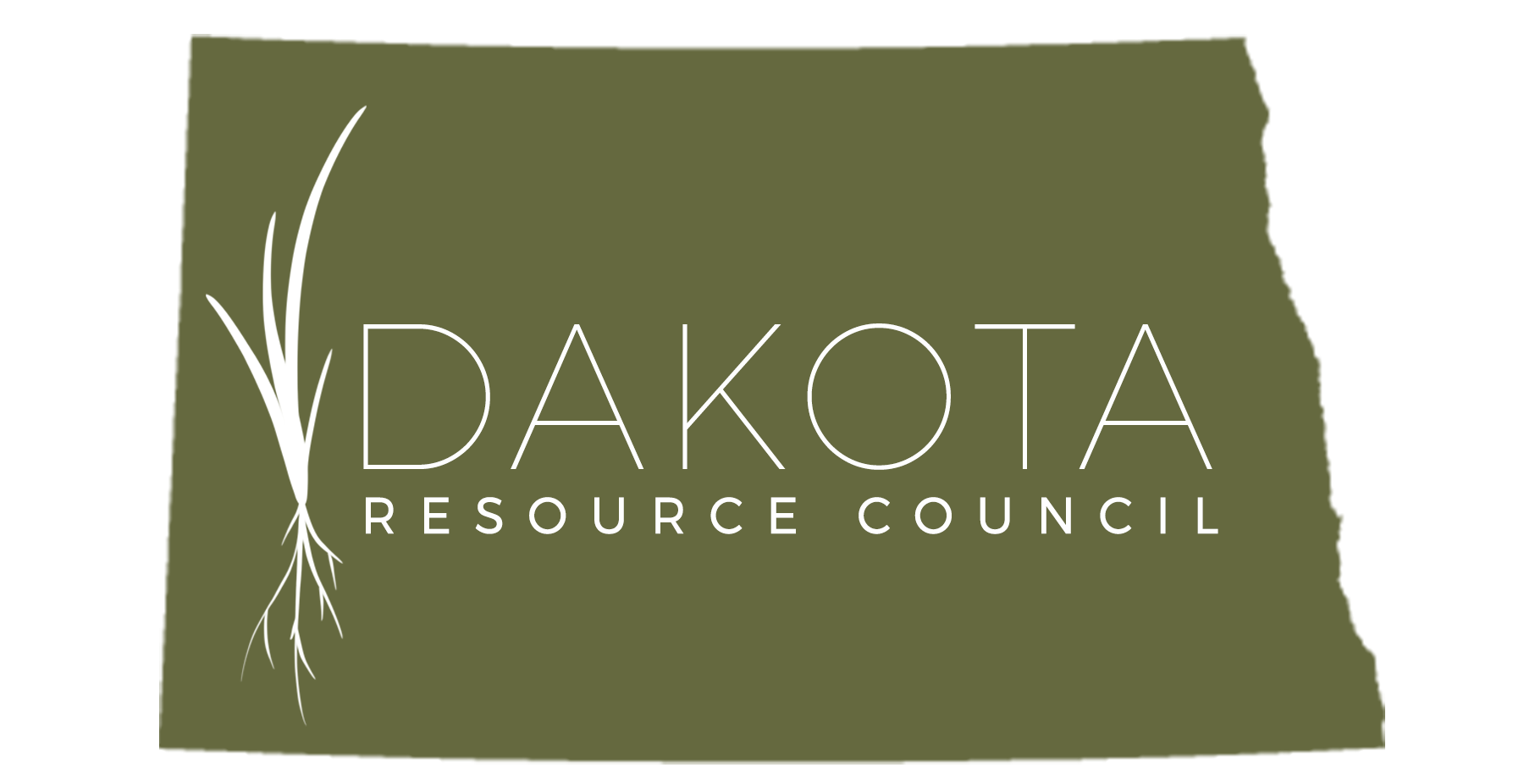AMY DALRYMPLE Bismarck Tribune
Thirteen oil companies failed to meet North Dakota’s natural gas flaring goals in September, but just one is facing restrictions under state policies.
The North Dakota Industrial Commission adopted gas capture targets in 2014 aimed at reducing natural gas flaring across the state. The policy allows regulators to limit a company’s oil production for failing to meet the target, which is currently set at capturing 85 percent.
However, the policy also includes many exceptions, making it rare for regulators to impose oil production restrictions.
The state is revising its flaring figures for September after receiving amended information from a major operator.
The Department of Mineral Resources initially reported that the industry captured 83 percent of natural gas statewide in September, missing the gas capture target for the first time since the policy was adopted.
Now the agency says companies captured 85 percent of gas from Bakken and Three Forks wells after Oasis Petroleum submitted new figures that corrected an error caused by a software system upgrade, department spokeswoman Alison Ritter said.
Even as companies meet the gas capture percentage targets, the volume of natural gas flared has been on an upward trend in 2017.
In September, operators burned off more than 300 million cubic feet per day of natural gas, a level the state hasn’t seen since the summer of 2015.
Regulators attribute September’s uptick in flaring to maintenance issues with pipeline systems and other infrastructure outages. October’s flaring figures, which are expected to be lower than September, will be released on Friday.
“I think it was a very isolated period,” said Dave Tabor, production auditing and gas measurement supervisor for the Oil and Gas Division.
The flaring is more severe on the Fort Berthold Reservation, where companies captured 71 percent of natural gas in September, or flared 29 percent, according to preliminary figures from the state.
Lisa DeVille, who lives on the Fort Berthold Reservation in Mandaree, said her mother sometimes is kept awake at night because of a nearby flare.
“Your night is lit up like the day,” said DeVille, president of Fort Berthold POWER, a local affiliate of Dakota Resource Council. “It sounds like a roaring jet engine.”
The state’s gas capture target increases to 88 percent in November 2018. Director of Mineral Resources Lynn Helms said that target is going to be challenging for industry to meet without significant investment in processing plants and other infrastructure.
Exceptions to the rule
Under the state’s gas capture targets, the Industrial Commission can require companies to decrease oil production from wells that don’t meet the flaring limits. The policy applies to flaring from Bakken and Three Forks wells, which account for the vast majority of production statewide.
In September, 13 companies fell below the 85 percent target, while 55 companies met or exceeded the target, according to the Department of Mineral Resources.
Sinclair Oil captured 30 percent of the natural gas it produced, or flared 70 percent, the figures show.
For December, state regulators are now limiting oil production from three Sinclair wells to 100 barrels a day for failing to meet the gas capture targets in September, Ritter said.
“It’s a pretty significant reduction,” Ritter said.
In addition, state regulators are withholding drilling permits for new Sinclair wells until the company demonstrates it can capture the gas, she said.
The other 12 companies that captured less than 85 percent — including two that captured zero natural gas — are not facing any oil production restrictions.
Production limits are not imposed under exceptions in the gas capture policy, such as allowing wells to produce unrestricted for the first 90 days and subtracting flared volumes for the first well in a spacing unit.
In addition, regulators do not limit production from wells that are already producing less than the maximum restriction, which is 100 barrels per day. A majority of the wells that fell below the gas capture target already produce less than 100 barrels a day, including the two companies that captured zero natural gas, Petro-Harvester and Future Acquisition.
The state also provides an exception for documented “force majeure events,” or instances when flaring is caused by disruptions in gas processing plants, compressor stations or other infrastructure.
That situation affected an additional seven companies in September, according to the department.
For all of 2017, regulators have imposed production restrictions one other time under the gas capture policy. Slawson Exploration had to limit oil production on nine wells in June for exceeding the flaring limits in March, Ritter said.
Overall, the state’s policy aims to reduce the volume of flared gas, the number of wells flaring and the length of time that wells flare.
Helms said he thinks the gas capture targets are working “extremely well,” bringing the percentage of gas flared down from the peak of 36 percent in September 2011.
Flaring is expected to be down to 12 percent by November 2018 and 9 percent by November 2020 under the commission’s targets. Helms said there could be discussion of changing the targets in light of recent low natural gas prices and a period of slower investment in gas infrastructure.
“I’m not saying it won’t get tweaked in the future,” Helms said. “We’ll have to watch and see.”
Ron Ness, president of the North Dakota Petroleum Council, said industry continues to strive for the 88 percent gas capture goal next year.
“I know that everybody’s got that target on them,” Ness said. “They’re going to try to make that happen.”
(Reach Amy Dalrymple at 701-250-8267 or Amy.Dalrymple@bismarcktribune.com)
http://bismarcktribune.com/news/state-and-regional/production-limits-rare-for-companies-that-miss-natural-gas-flaring/article_cba5505d-6c76-5df1-8734-7bac99c9955a.html

